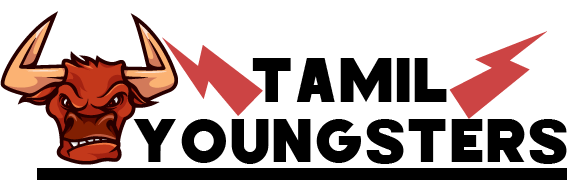How safe are roller coasters?
Believe it or not, some of the world’s most forward-looking engineering is actually in operation right now, in the unexpected setting of the world’s theme parks. From the pioneering 18th Century ‘Russian Mountains’, people have been hooked on the frightful thrill of a roller coaster – and ever since, the challenge has been to make an even bigger, even better, even more terrifying one. Today, they incorporate solutions that are at the leading edge of scientific development. This means they are able to accelerate as fast as a drag racer and let passengers experience G-forces way in excess of a Formula 1 race car. They do all this in complete safety, having passed the very strictest engineering standards. People travel for miles to ride on the latest roller coaster – they’ll even cross continents just to experience the thrill. Roller coaster trains are unpowered. They rely on an initial application of acceleration force, then combine stored potential energy and gravitational forces to continue along the track. This is why they rise and fall as they twist and turn. There are various methods of launching a roller coaster. Traditionally, a lift hill is used – the train is pulled up a steep section of track. It is released at the top, where gravity transfers potential energy into kinetic energy, accelerating the train. Launches can be via a chain lift that locks onto the underneath of the train, or a motorised drive tyre system, or a simple cable lift. There is also the catapult launch lift: the train is accelerated very fast by an engine or a dropped weight. Newer roller coasters use motors for launching. These generate intense acceleration on a flat section of track. Linear induction motors use electromagnetic force to pull the train along the track. They are very controllable with modern electronics. Some rides now have induction motors at points along the track, negating the need to store all the energy at the lift hill – giving designers more opportunities to create new sensations. Hydraulic launch systems are also starting to become more popular. Careful calculation means a roller coaster releases roughly enough energy to complete the course. At the end, a brake run halts the train – this compensates for different velocities caused by varying forces due to changing passenger loads.

